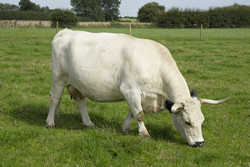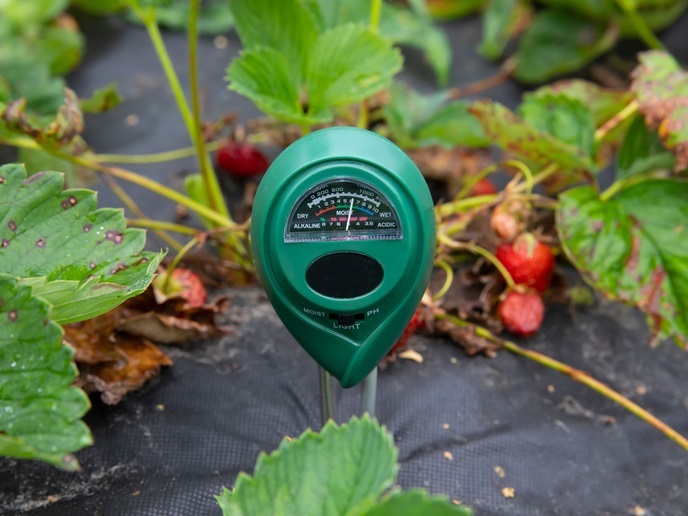Estimating genetic variation in farm animals
Biologists studying genetic variation may differentiate between functional variation and neutral variation. The former includes adaptive variation, genetic mutations that play a role in the adaptation of farm animals to their environment and selective adaptation involving traits of agricultural interest, such as milk yield. Neutral adaptation is genetic variation with no apparent influence on adaptation or on the traits under selection. Several statistical methods for detecting genetic ′signals′ exist. The NEUTRADAPT (Estimation of neutral and adaptive/selective genetic variation in farm animal species) project looked for signals of adaptation and domestication in farm animals. This was done by comparing selection ′signatures′ between populations from different environments and between ancestral and domestic species. Sheep and goat populations from different geographical areas of Morocco, such as the coast, mountains and desert, were studied for adaptation signals. Domestic sheep and goats from their supposed centre of domestication in northern Iran and their wild counterparts, known as mouflons (Ovis orientalis) and bezoars (Capra aegagrus) respectively, were studied for signals of domestication. The signatures for positive selection were detected using the extended haplotype homozygosity (EHH) / integrated haplotype score (iHS) technique. The final results will be compared with different statistical approaches used by partners of the NEXTGEN(opens in new window) project. The data will be presented in peer-reviewed publications and will cover the domestication of sheep and goats and their adaptation to different environments. The conservation of genetic resources and the control of inbreeding are crucial to effective and sustainable breeding programmes for farm animals. Therefore, researchers explored the use of molecular information to optimise breeding programmes and compared it with traditional methods based on pedigree records. The molecular information was used to estimate co-ancestry and to determine inbreeding, or to detect selection signatures. Scientists also analysed single-nucleotide polymorphism (SNP), a DNA sequence variation, and whole genome sequences. They comprised millions of polymorphisms (different forms of individuals within a species). Estimations of neutral and non-neutral genetic variation will have a significant impact on biodiversity studies and in the genetic improvement of agricultural livestock. The information can be used to help identify and quantify the risk of extinction in animal breeds and populations. NEUTRADAPT can therefore help in designing programmes to conserve the genetic resources of endangered animal breeds or populations by reducing inbreeding and conserving genetic variability.







